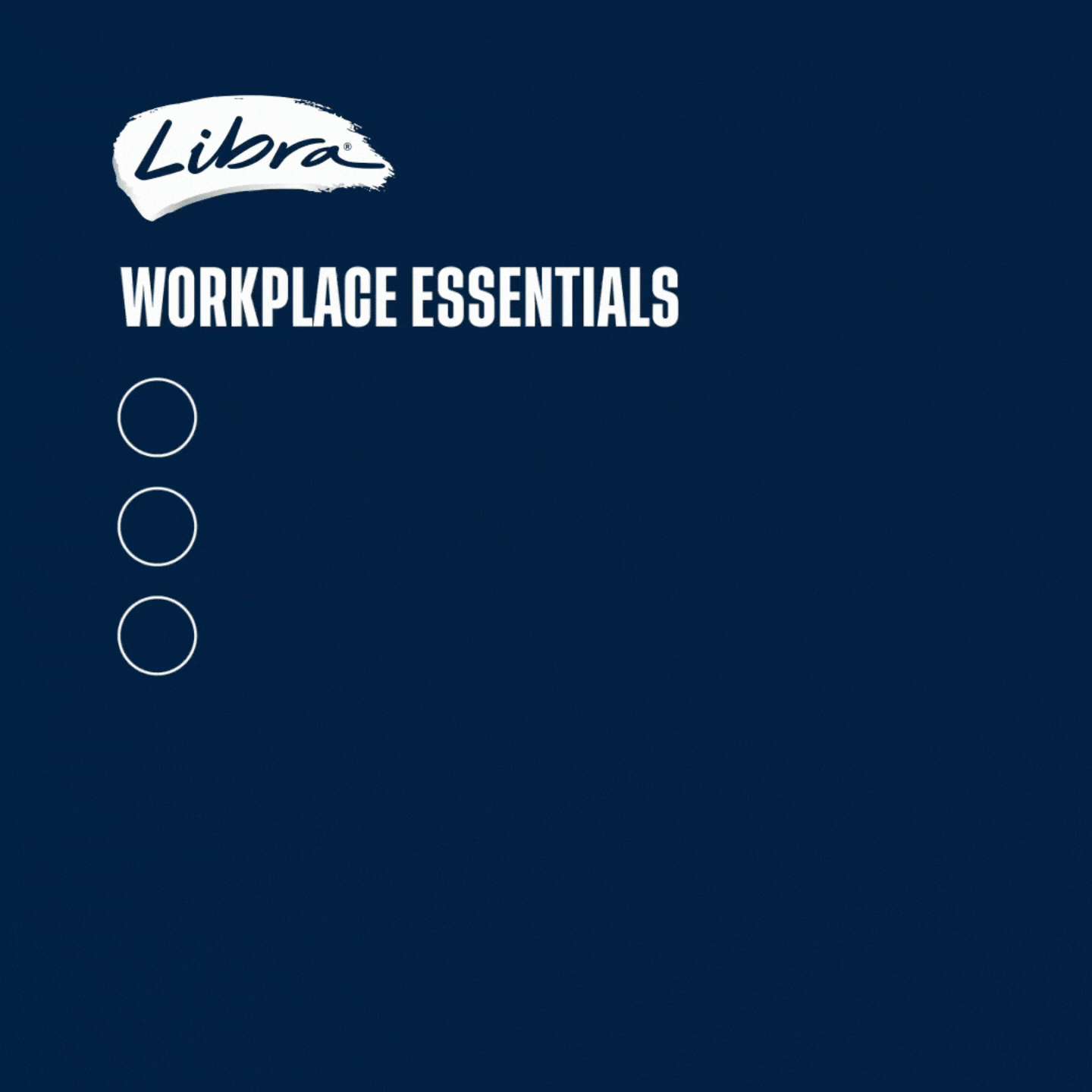The latest Financy Women’s Index gives me hope that women are making gains on economic progress, but the sad fact is that I still may never see economic equality in my working career.
After weeks of going through a wide range statistics, Financy can reveal this morning that the picture of economic progress as measured by our Women’s Index gained 1.4 points or 1.1 per cent to 126 points in the three months to September, from a revised 124.6 points in June 2018.
But when compared to a new aspirational target, the FinancyWomen’s Index (FWX) Progress Target, which is sitting at 173.3 points, the September result falls short by 37.5 per cent.
The FWX Progress Target is a new guide we have set on economic equality which could be here in 11 years time, but only if women’s progress is maintained and uninterrupted.
Speaking about such a challenge, Nicki Hutley partner Deloitte Access Economics said that it was “both remarkable and unexpected that economic gender equality is within our grasp.”
The hurdles that are standing in the way for women are complicated. They involve the so-called ‘choices’ women make, as well as what businesses and governments do to support the financial wellbeing of women.
“There are still many barriers and examples of outdated attitudes. To ensure greater equality is reached as soon as possible, we must be vigilant. And governors and organisations need to continue to develop and support programs for diversity and inclusion,” said Hutley.
AMP Capital chief economists Shane Oliver added that closing the gap in economic equality is not just about providing a fair go for half our population, but it’s also about maximising our economy’s productivity and our material well-being.
“Governments and politicians have a big role to play in helping to close this gap and leading by example but it will require ongoing attitudinal change in businesses across the country – often in small ways like allowing more flexible working conditions,” he said.
Work & leadership
Among the key drivers of economic progress for the September quarter was an increase in female full-time employment to over 3.16 million and a 20-year low in the average wage disparity between men and women.
The expansion of the Women’s Index to include the ASX 200 positively affected progress. Women now occupy 28.5 per cent of ASX 200 board positions.
OneVue Managing Director Connie McKeage said she’d like to see more discussion and activity on inclusion and gender balance around board room tables and management.
“We need sustainable change and Financy’s Women’s Index is one of the levers we can rely on to provide facts to support our calls to action. Every step forward we take as organisations that care, no matter how small those steps may seem at the time, can contribute to creating a better more
balanced future.”
Superannuation
There are also signs that the superannuation gap between men and women may be closing, although in absolute terms the gap is still very substantial.
The country’s biggest super fund, AustralianSuper reported that the gap between the life-time retirement savings of men and women fell to 28 per cent at the end of the 2018 financial year, from 30 per cent in 2017.
AMP Financial Planning adviser Di Charman said the recent legislative change allowing people to “carry forward” their unused concessional contribution caps for up to five years was a positive measure for women.
“It will give women the opportunity to top up their super in years where they have more income and will help bridge the retirement gap,” said Ms Charman.
She added women should also remember that they can make additional after tax contributions to their super and claim them as a tax deduction.
“The key for women is to engage with their super and now is perfect timing with end of financial year statements being issued to fund members,”
she said.
Education & Pay Gaps
Education data suggests that wages and graduate salaries could be having an impact on the types of courses that women study beyond high school.
Female engineering graduates are earning more than male graduates, and are enrolling in this field at more than three-times the pace of more traditional female-dominated courses like Education.
Despite this, the average female graduate is still paid less than male graduates across all course areas.
Meanwhile Mining and Information Media and Telecommunications, which are among the highest paying sectors, stood out as having links to the fastest growing education pathways for women.
“It’s really encouraging to see that young women may be starting to make education and career choices that are aligned with higher paying jobs,” said Jo Masters senior economist ANZ.
“This is a key factor in reducing the national gender pay gap, which has fallen to 14.6 per cent, from 15.2 per cent in November 2017. Progress is being made, although it’s still important to achieve greater equality.”
Health Care and Social Assistance recorded the biggest gender pay gap increase of any sector, up 9.6 per cent to 25 per cent in May compared to 22.8 per cent in November.
Check out the full Women’s Index here.

